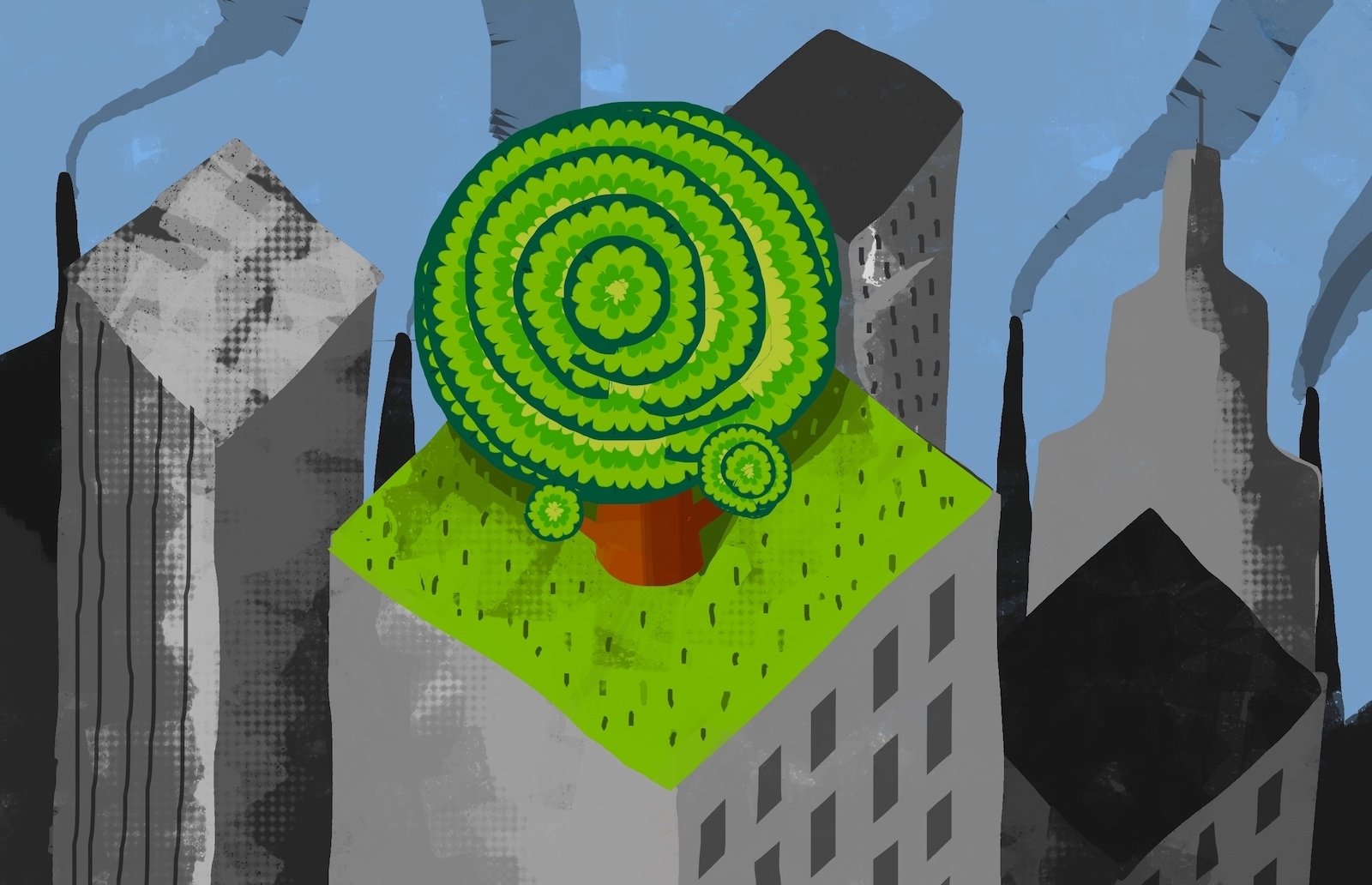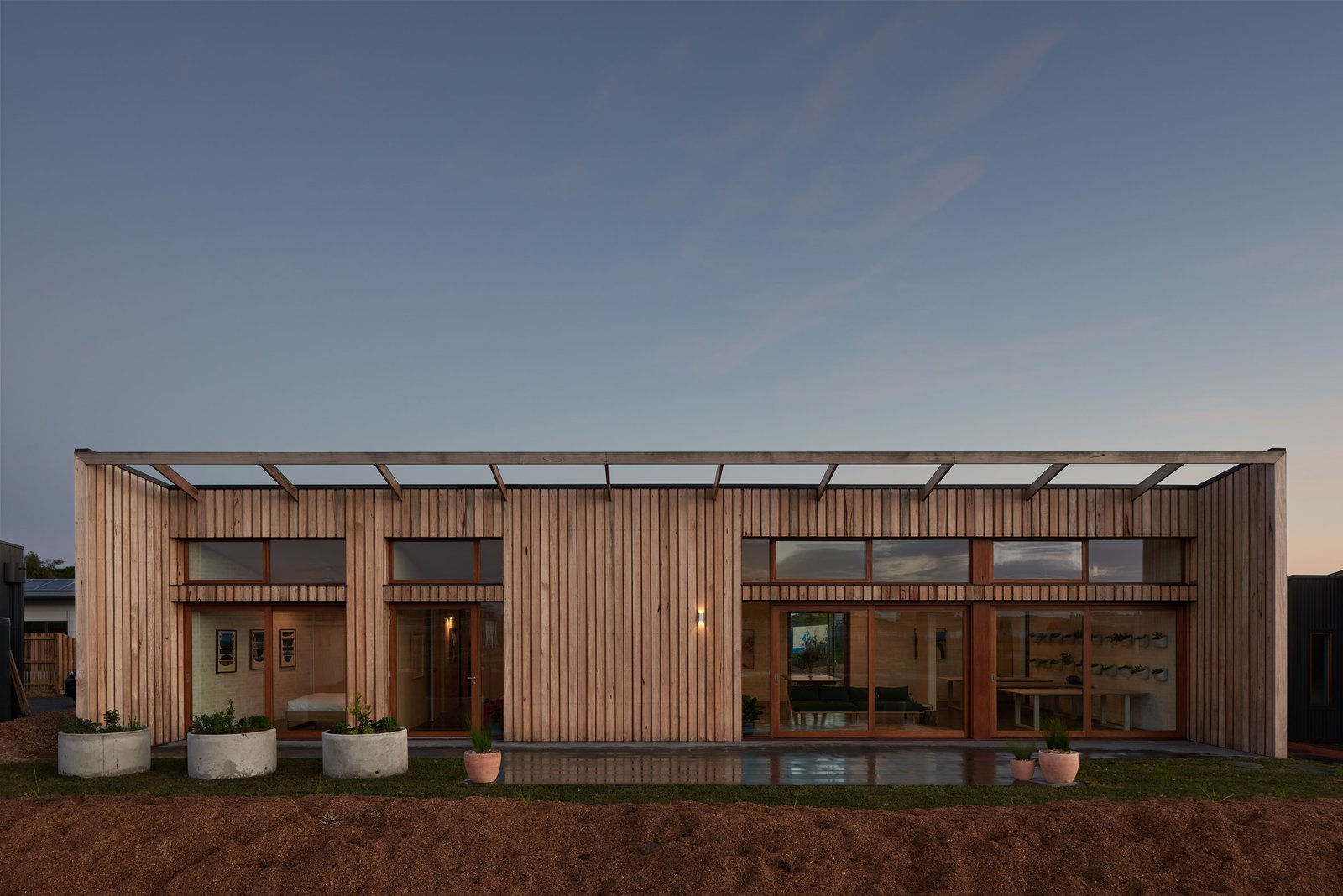In 1987, the UN-commissioned The Brundtland Report ‘Our Common Future’ described sustainable development as ‘development that meets the requirements of this without compromising the power of future generations to satisfy their own needs’. More than three decades later, this definition continues to be quite relevant – especially within the context of the built environment and global climate change.

So, what exactly is sustainable architecture? In simpler terms, architecture that has minimal impact on the environment through applying appropriate design concepts, materials and technologies while still keeping in mind the advantages for the future occupants in the form of energy efficiency, comfort, and wellbeing throughout the lifecycle of the building.
Sustainable architecture, as a up to date green building concept, could also be new but it’s existed in some form or the other for hundreds of years through the utilization of local materials and styles that responded to local environmental conditions. Sustainable architecture, as we know it today in 2019, isn’t only about using the proper materials and limiting the utilization of non-renewables and ensuring energy efficiency. A green building has got to think about every aspect of its lifecycle right from siting, design and construction, through operation, maintenance and renovation, to end-of-life when the materials are often retrieved and recycled.

Sustainable design takes into consideration factors like building orientation to catch the sun and winds, placement of rooms, and sizing and positioning of windows for ventilation. The materials palette is tuned to energy efficiency and low-energy use with effective application of insulation, seals, solar shading elements, low-emissivity glass, double- and triple-glazed windows, and high thermal mass building products. Passive design applies many of those principles to scale back energy consumption by the maximum amount as 40 per cent in sustainable homes.
A healthy environment is made for future occupants through the utilization of non-toxic paints and finishes. Material selection combines high performance with low maintenance and long-term durability, ensuring a sustainable solution. Very importantly, the appliance of renewable energy systems as an alternate to fossil-fuel driven power sources also as energy-efficient equipment, water-saving fittings, LEDs, rainwater harvesting and greywater systems, natural materials, natural lighting systems, and green roofs among others, takes buildings closer to their Net Zero energy and carbon neutral goals.
Measuring Sustainability in Construction
The Environmental Product Declaration (EPD) provides an honest indication of the environmental performance of a building product. The target is for manufacturers to assess the impact of their manufacturing process from staple extraction to finished product, and take corrective steps to minimise energy and water usage also as carbon emissions.
BREEAM- Building Research Establishment Environmental Assessment Methodology- is employed within the UK to assess and mitigate the lifecycle impacts of buildings on the environment.
LEED – Leadership in Energy and Environmental Design – may be a globally recognised green building scoring system for practically all kinds of buildings.
NatHERS – Nationwide House Energy Rating Scheme – is an Australian scoring system that assesses the energy efficiency of a home and rates it out of 10 stars.
The WELL Building Standard tool monitors, measures and certifies built environment features that impact human health and wellbeing.
Top 5 Sustainable House Designs and Eco Architecture
These examples prove that sustainable architecture isn’t only good for the earth, but it is often beautiful too. These firms and their eco-friendly projects showcase sustainable building materials, passive design techniques to regulate heat and lightweight.
The Sociable Weaver by Clare Cousins Architects

Victorian’s first 10 Star house is a display home, which is carbon positive, features a 10 Star energy rating, and is made to zero-waste and building biology principles.
One Central Park by Jean Nouvel

The lush green landscape covers almost half the building’s facade, creating a living environment for residents with hydroponic walls and horizontal planters. The plants function as a natural but seasonal sun control mechanism, protecting residents from harsh sunlight in summer and providing the heat of the sun in winter.
Australian Islamic Centre by Glenn Murcutt and Elevli Plus Architects

Based on biophilic principles, this Melbourne mosque features 96 gold-painted lanterns facing North, South, East and West directions with natural light channelled through coloured glass into the most double-height prayer area below. External louvres provide cross ventilation inside the building.
7 More London Riverside by Foster+Partners

The sustainable headquarters of PricewaterhouseCoopers LLP, the 10-storeyed 7 More London Riverside features a high-performance facade for shade and insulation, green roofs, solar predicament, a CCHP trigeneration plant providing low carbon cooling, heating and power, and an intelligent building management system that permits every worker to regulate both light and temperature at their workstation. 7 More London Riverside is additionally the primary office block in England to realize the BREEAM ‘Outstanding’ accreditation.
The Amherst College New Science Center by Payette Architects

The new Science Center accommodates state-of-the-art facilities to support the college’s science programs and students while promoting transparency and interaction. Natural materials, skylights on the roof, chilled beams, radiant slabs, acoustic baffles, and a photovoltaic array are a number of the features within the flexible space, which also reduces energy usage by 76 per cent compared with a typical research center.
